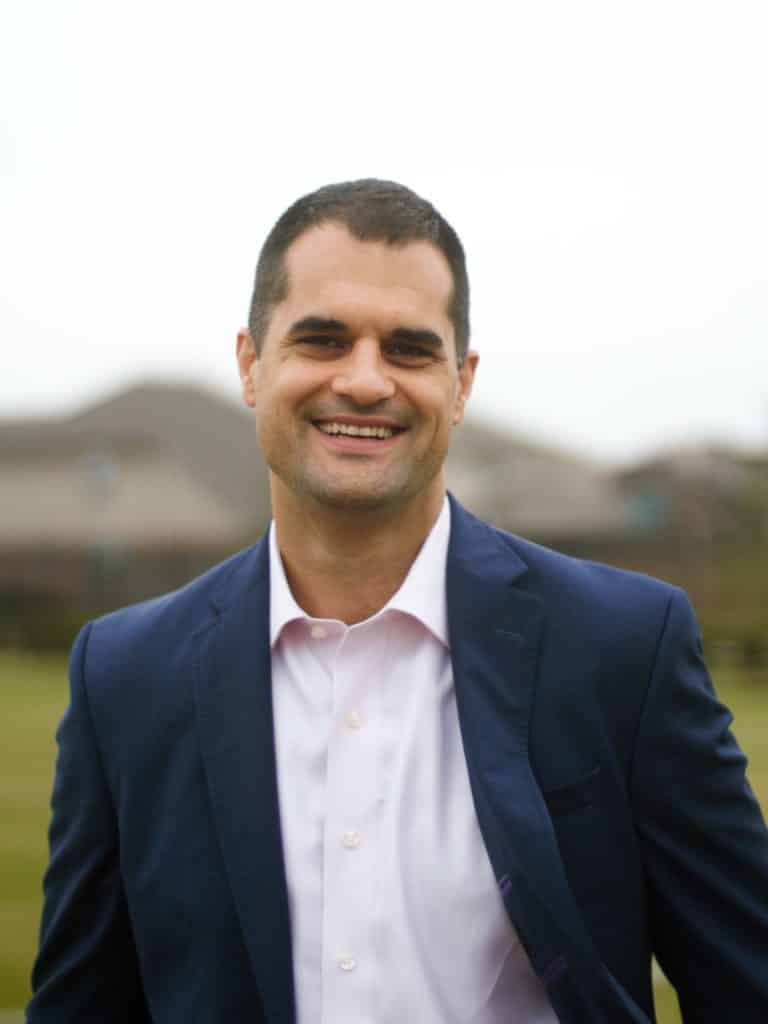Isn’t it nice when technology just works?
Erin Willder, Managing Editor at Brigham Young University, is set on ensuring BYU Continuing Education students have all of the tools they need to participate effectively in their courses and that the university’s events are fully accessible to audiences.
Willder and her team at BYU are doing so utilizing Verbit and its integration with Panopto to power the captions and transcriptions of their K-12 and higher education events and courses. They’re guaranteeing full accessibility and offering more engaging courses and events to students and audiences as a result.
Initially, Willder was faced with the challenge of having to explain to other faculty and university members that automatic or built-in web conferencing accessibility or captioning tools simply weren’t enough to offer accessibility and meet ADA guidelines.
“We’re teaching people, so we cannot have any wrong words,” Wilder said. “I was tired of people challenging me on the standards. It’s an interesting balance to explain to people that we have to make sure we’re compliant. We can’t do this free, cheap and thrown together, especially when you’re teaching people. With microbiology and difficult terms for example, we have to make sure everything’s 100 percent.”
With Panopto as its video hosting platform of choice, the process for Willder has gone from time consuming to “slick.”
“We’re pulling through a lot of video. We have a big conference coming up with 50 hours of content – coming straight through Panopto. It’s a match made in heaven. Panopto and Verbit together is just amazing. We love it so much,” Willder said.
Wilder joined Corby Kelly, Head of Education Video at Panopto, live at Verbit’s EduALL conference on April 22nd to discuss how a partnership like this one can work to meet accessibility standards, support students and give faculty members peace of mind.
Attendees received insights from Willder and Kelly on how to tackle accessibility and identify technologies that can greatly lighten their workloads.
“I like to focus on the practical. Overall, you just have to look at the big picture and that’s where this kind of synergy between two really great technologies can help you really minimize the amount of labor it takes to get things posted,” she said.
With Panopto and Verbit in hand, Willder said the process for captioning educational content has become much smoother and less tedious.
“When we’re talking about captioning educational content, we have to think about the amount of labor it takes to get it all the way to ‘good enough’ for teaching level. The big difference that happened for us was when we adopted Verbit, the quality of our captions reduced the amount of labor we needed. We actually let our transcription team of people go when we started using Verbit.”
“We’ve saved in the long run. You have to look at the whole picture, not just the cost of the captions themselves. You have to think about the lifecycle of a course and how captions have to be processed and sometimes updated. A lot of the time, professors want to change their videos.”
BYU is also utilizing time stamping capabilities, as well as Spanish captions to save their teams a great deal of effort and ensure multiple languages are supported for viewers coming from different backgrounds.
“The time stamping in Verbit captions is immaculate. We almost never have to fix time stamping, which has been a real problem for us in the past. It almost doubled our labor with past processes when our time stamping just wasn’t good.”
Now, Willder’s team is expanding to Spanish to Spanish captions to provide more offerings to the community’s large Spanish-speaking population.
You can watch Willder’s and Kelly’s session on-demand from our EduALL Virtual Summit by signing up for access here.







